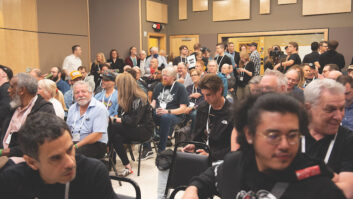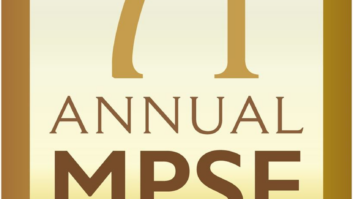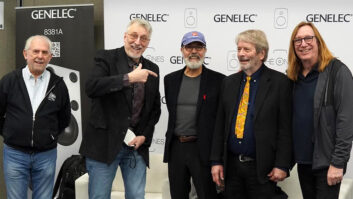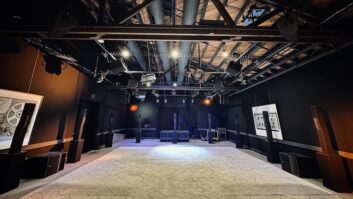
Nashville, TN (April 12, 2022)—Multi-award-winning producer/engineer Chuck Ainlay recently completed the latest 13-track studio album, TEN, from bluesman Albert Cummings at Peter Frampton’s Phenix Studio in Nashville.
The album features a team of Nashville musicians assembled by Ainlay, including drummer Greg Morrow, bassist Glenn Worf, keyboardist Michael Rojas and guitarist Rob McNelley, with a special appearance from Vince Gill.
“Albert is really into a Fender amp called the Vibro-King, which I was not super-familiar with, and we paired that up with one of Frampton’s Fender Vibroverbs,” Ainlay commented. “I miked each amp with a Shure SM57 close to the speaker at a 40-degree angle facing towards the dust cone/center cone. Then beside it, so that you are not getting any phase problems, I used a Royer Labs R-121 studio ribbon microphone, which for a ribbon mic can take a lot of SPLs. Then I used a Royer SF-12 stereo ribbon microphone for room ambience. That combination is how I have been miking electric guitars for years, and it works.
“I ran those through API modules for mic preamps and then straight to the hard disk recorder. I generally don’t use compression when recording electric guitars. Compression can kill a performance. Obviously, Albert has a pedal board, so he would do some compression on his end depending on the track, but I always try to get the sound the guitarist is actually hearing in the room—and that is the sound that ends up on the track. From working with Mark Knopfler over the years, I learned that it’s really about the guitar player, not about me and whatever processing I could do after the fact.”
The METAlliance Report – The METAlliance on Miking
TEN also features several tracks where the acoustic guitar is the prominent instrument. Ainlay continued, “Peter Frampton has a Signature Series Martin, so that’s the guitar that we ended up using. For miking, I blended a Neumann KM 86 multipattern condenser microphone aimed at the F-hole to capture the ‘body’ of the acoustic along with a DPA 4099 instrument microphone, which is a gooseneck mic with clip. I position it where the neck joins the body to get more of the attack of the instrument.”
Ainlay chose Mike Haynes from Nashville-based Ensõ Mastering to finish the project. “Chuck always has a clear picture he’s conveying in his mixes, so my job is to bring that picture forward in the process and create audio for delivery,” Haynes stated. “Albert is both a communicator through his playing and a storyteller through his singing. The music reflects this as energetic, direct and raw while simultaneously sophisticated. My approach to mastering this record was to keep all the energy and liveliness of the mixes, while offering refinements and focusing when needed. It’s easy to destroy the dynamic content of great feeling tracks at the mastering stage, so I was mindful to preserve all of that musicality when finalizing the tracks.”







